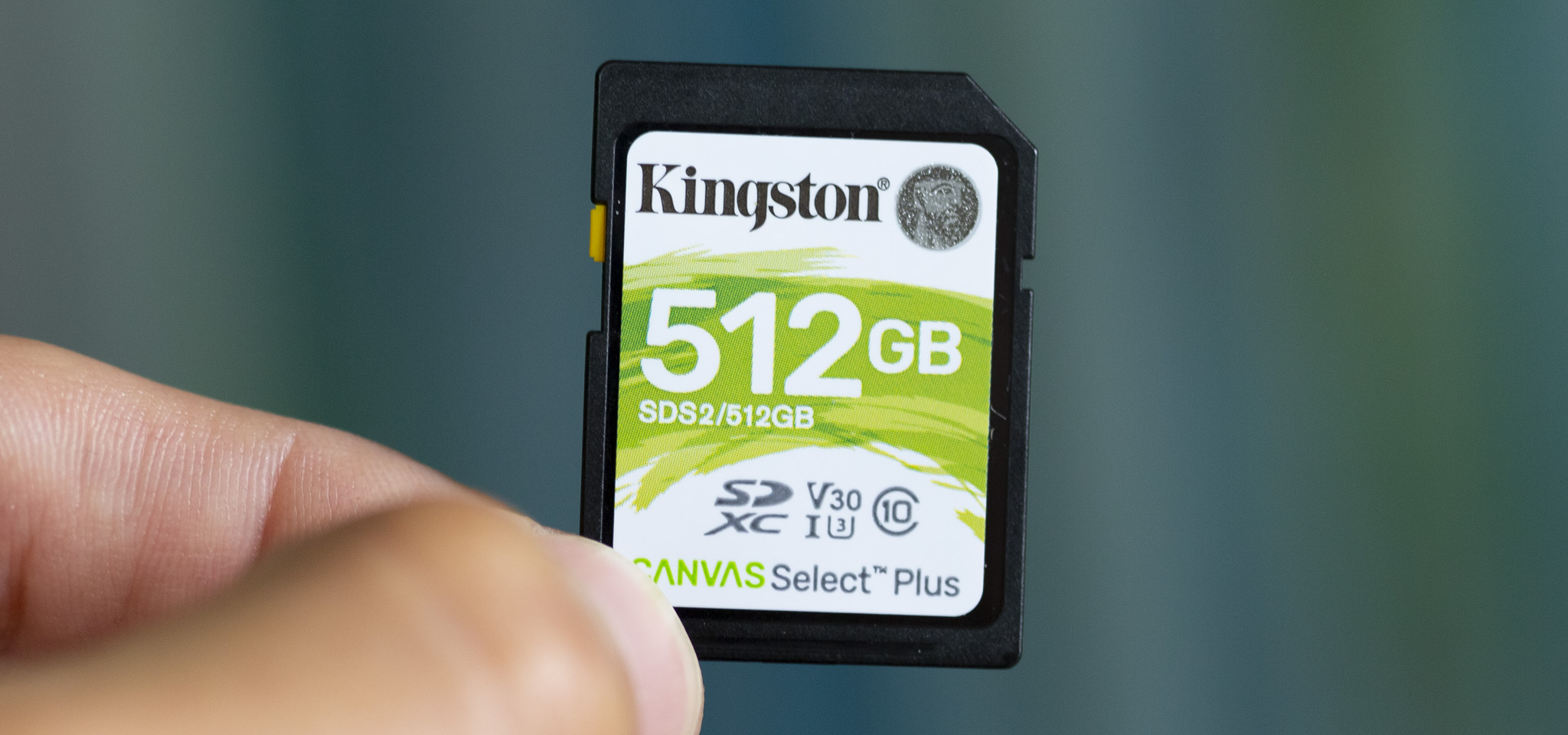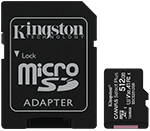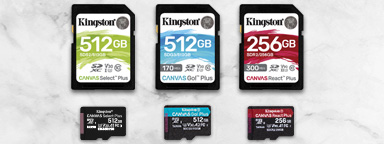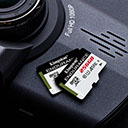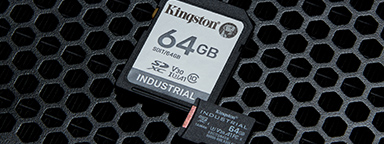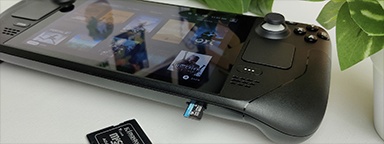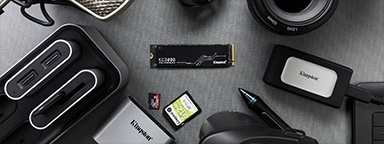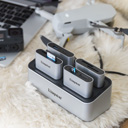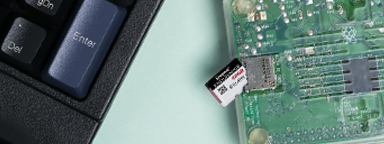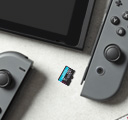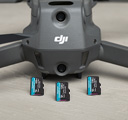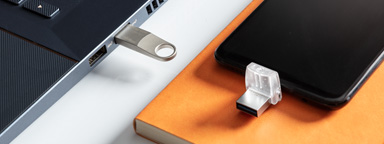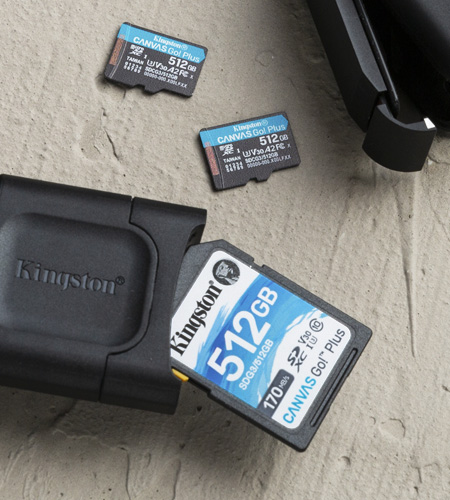
The SD Association is responsible for marketing and labeling different classifications, features and specs for memory cards. There’s a list of different classifications such as standards and speed classes that are labeled on both the packaging and memory card itself, but it can be a bit confusing to sort through the jargon to understand what they really mean.
One of the most important aspect about the classifications labeled on the memory cards is the speed classes. In most cases, some are often labeled in a combination of two which can be a little difficult to understand. Essentially, it started with the C-Class with C2, C4, C6 and C10 indicating the minimum write speed of 2MB/s, 4MB/s, 6MB/s and 10MB/s. Then they added the UHS Speed Class which is represented by either U1 or U3 to indicate minimum write speeds of 10MB/s and 30MB/s.
Since the SD Association kept adding new speed classes with new naming conventions, manufacturers started shuffling up the names to label them on memory cards which can be challenging to follow. For instance, a card might be labeled as C10 and U1 even though they mean the same thing. A camera manufacturer might require their camera to use a C10-rated SD card but since the SD Association has moved on to the UHS Speed Class and started labeling their cards as U1, the result is an SD card that is labeled as both C10 and U1.
To make things worse, card manufacturers feel the need to use the old speed classes along with the newer speed classes even though their card speeds have long surpassed the older speed classes. As a result, there are cards that are labeled as both C10 and U3. If U3 indicates a minimum write speed of 30MB/s and C10 indicates a minimum write speed of 10MB/s, it’s pointless to list both speed classes since U3 already indicates a write speed of more than 10MB/s. The latest Video Speed Class is intended for higher resolution videos such as 4K or 8K, but a V30 card is the same as a U3 card since both indicate a minimum write speed of 30MB/s.

Because of the use of many different naming conventions, it’s up to both memory card and device manufacturers to make sure consumers can find what they’re looking for. The result are memory cards that are labeled with all three Class-C, UHS and Video standard speed classes for the average consumer who isn’t familiar with the naming conventions and labels.
A classification that’s labeled specifically on UHS Speed Class cards is the UHS bus interface which is denoted by either a Roman numeral “I,” or “II” symbol. They’re usually written out as “UHS-I” and “UHS-II,” but many card manufacturers are omitting the UHS lettering and simply using a “I” or “II” symbol to indicate the type of UHS bus interface on the card.
Lastly, a new classification has been presented with the introduction of Android’s Adopted Storage Device feature. The App Performance Class assures minimum random and sequential performance speeds to meet both run and store execution time requirements under given conditions. It does this simultaneously while providing storage for pictures, videos, music, files and other important data. Basically, they’re ideal for use in smartphones and mobile gaming devices that run applications at random read and write speeds while also being used for storage.
| Application Performance Class Specification Table | ||||
| Application Performance Class | Pictograph | Minimum Random Read | Minimum Random Write | Minimum Sustained Sequential Write |
| Class 1 (A1) |  |
1500 IOPS | 500 IOPS | 10MBytes/sec |
| Class 2 (A2) |  |
4000 IOPS | 2000 IOPS | 10MBytes/sec |
There are two ratings for the App Performance Class which are known as A1 and A2. A1 has a minimum random read of 1500 IOPS and a minimum random write of 500 IOPS while A2 has a minimum random read of 4000 IOPS and a minimum random write of 2000 IOPS. Both A1 and A2 have a minimum sustained write speed of 10MB/s. The App Performance Class is something to consider when planning on installing Android apps on a microSD card.
#KingstonIsWithYou
